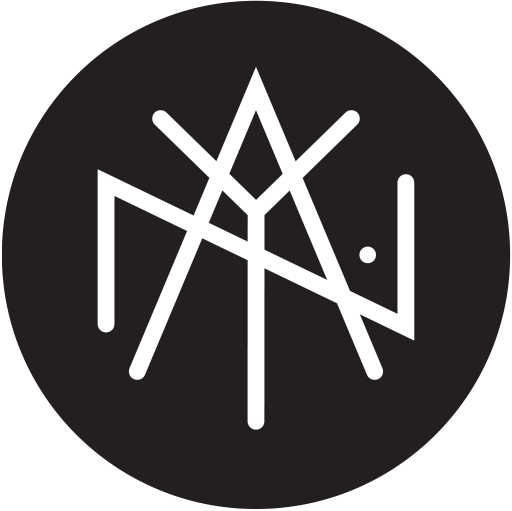A designer is informed
In this series on A designer is… we've talked about communication, decision making, making space for wonder and even good processes for innovation.
Today we tackle our approach. Being informed is less about inspiration and more about approach or what you have with you when you begin to design. It's equal parts research, experience and team (It's actually a lot more, but that's what we'll speak to here).
Research
Some of this should be second nature, but make sure that you approach your project with a full sense of both what's been done or not done and what needs to be accomplished. What is the creative brief. Understand the brand you're working under. Who is your client, but also who is their client. Why is this deliverable in your hands. What's the scope and timeline. Ask all the questions. And when you get your answers learn more and ask a new set of questions.
Experience
- Keep up on the latest trends in your discipline. Read the trade pubs, go to a conference or two or better yet start a conference.
- Read voraciously! It seems to me that reading is becoming a lost art. Printed or not, content is worth reading. It's usually those long reads that have the insights and truths because they are written from thought and research rather than whatever is top of mind.
- Get out and about Become a consumer for your senses and your mind. The more you can travel, read and see outside your normal peripheral the better designer you will be.
Team
Some of us work on big teams and others by ourselves. But our team is not defined by our fellow payroll friends, rather it's the people we surround ourselves with on a given project. Draw upon the diverse backgrounds and experiences around you. Ask for insights from your partner, roommate or friend. It's necessary to have a point of view, but make sure you don't discount the other ones outright.
The point is to not design blind and without purpose. However beautiful your design is, if it does not come from an informed point of view, you run the risk of missing the mark.
